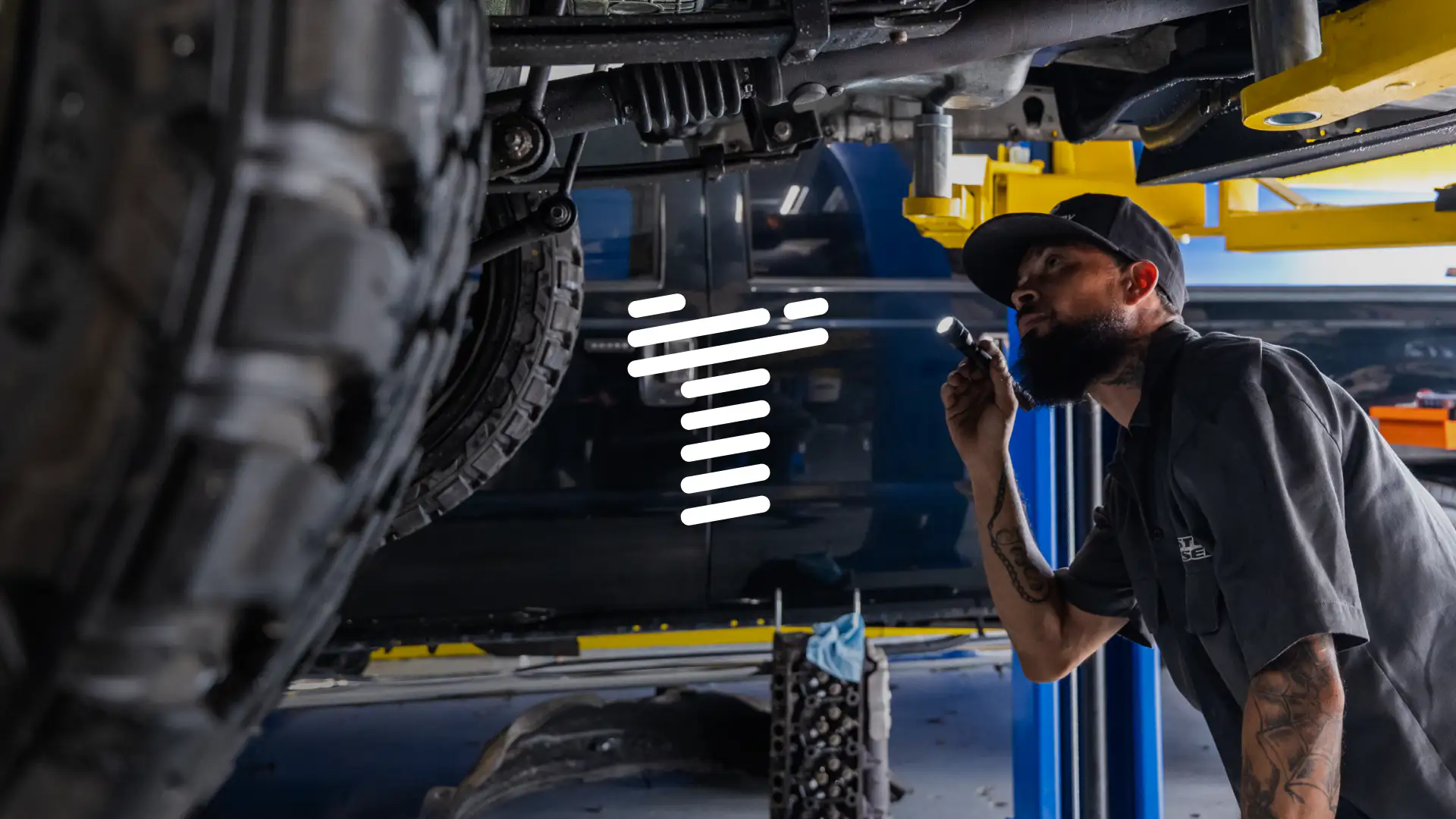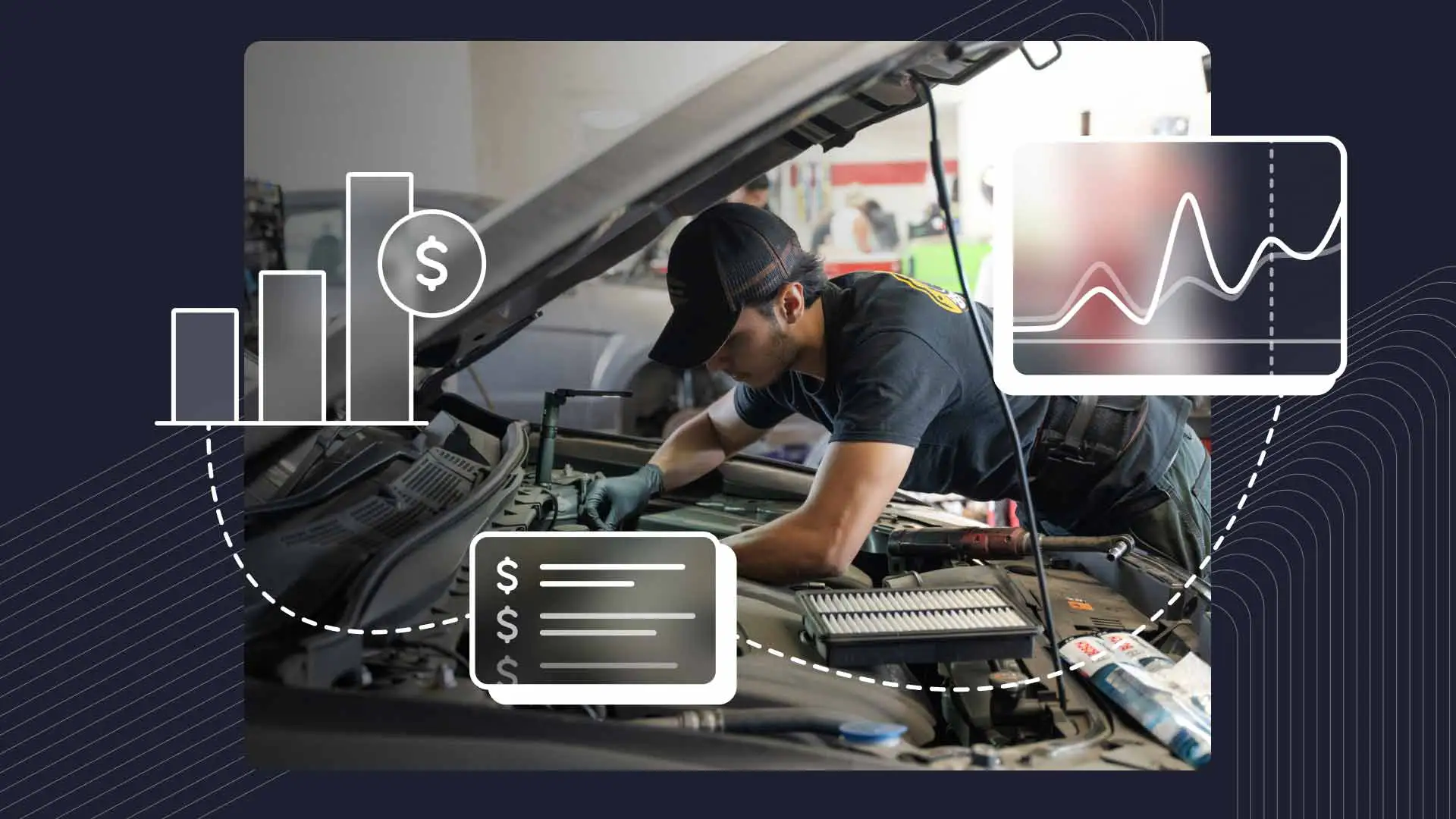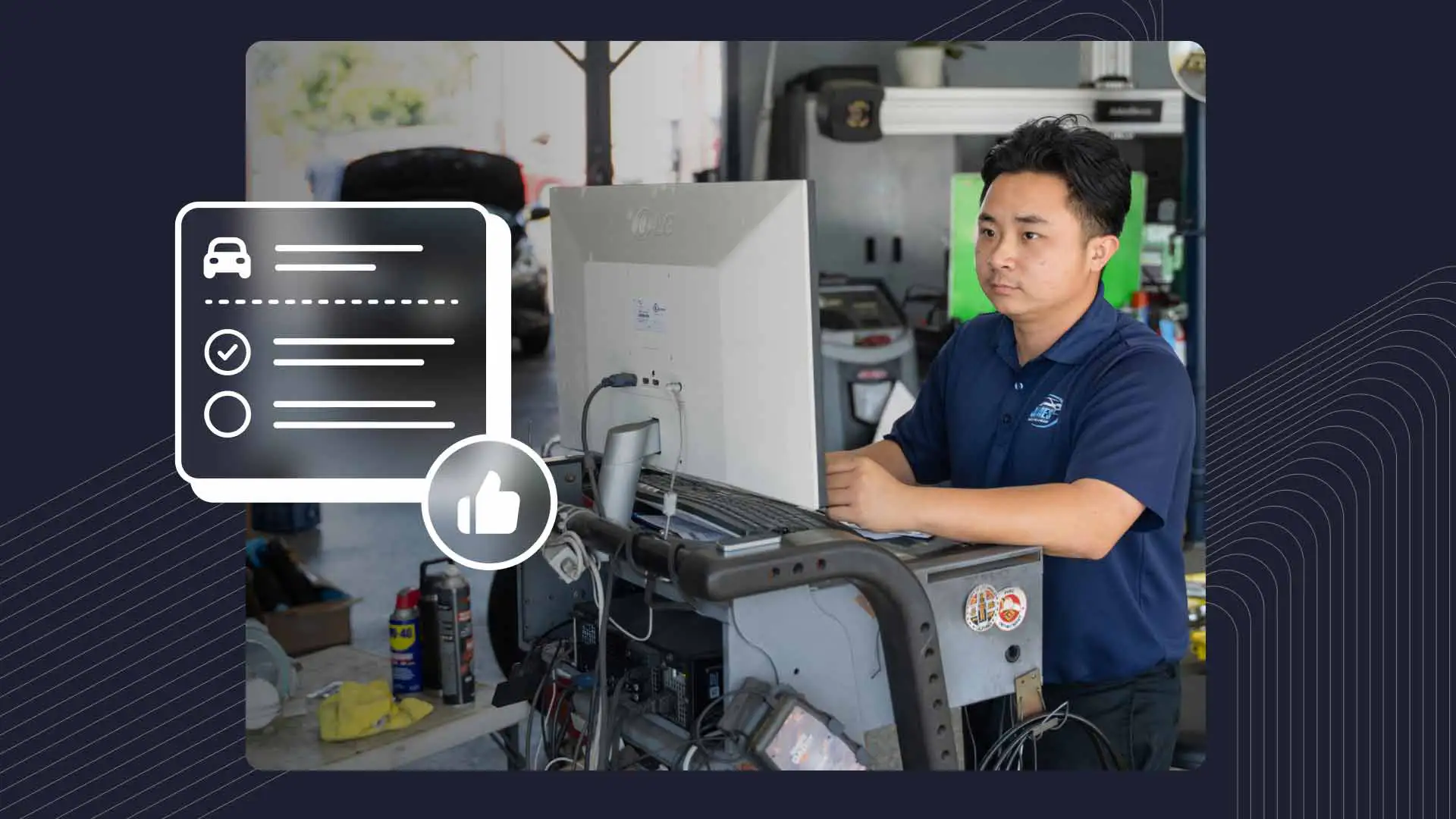This post is a summary of “The Technician Shortage”, the second episode of Shopmonkey’s podcast The Tune Up. In this rousing and thought-provoking video, a panel of Shopmonkey employees discusses everything from their personal favorite EV manufacturer in the US to reasons for, and solutions to, the technician shortage in the auto repair industry.
The panel was moderated by Justin Simpson, Shopmonkey Director of Experience Marketing, and Zach Buffum, Shopmonkey Director of Training and Enablement. Panelists include Shopmonkey’s Enterprise Solutions Engineer Jonathan Moretti, Solutions Engineer Michael Bordeaux, Account Executive Gallagher Wilson, and Enablement Specialist Lukasz Konior.
Although it’s difficult to get six knowledgeable and opinionated auto repair industry professionals to fully agree on anything, there was a general consensus about the effects of the technician shortage. The panel acknowledged that shops are having difficulty finding and retaining talent, which negatively impacts their ability to satisfy customers.
The gentlemen also agreed the shortage is impacted by the transition to hybrid and electric vehicles. Today’s techs must not only understand mechanical issues, but aspects of electronics and thermal systems management, too. So, at the same time the skills requirements for technicians are increasing, the number of people interested in keeping these positions is decreasing.
We’ve recapped some of the roadblocks and solutions to these issues the panel came up with.
Roadblocks
The added responsibilities technicians have because of the shift to hybrid and electric vehicles is only one roadblock. According to Wilson, there’s still a general perception of the industry as “blue collar”, characterized by dirty technicians “smelling like gasoline.” He explained this perception “simply isn’t true” anymore—partly because of the technological savvy necessary for working with modern computing and electrical components in today’s vehicles. Auto repair software can help with these and other parts of shop management.
Another point of consensus was that technician pay has historically been low, especially when compared to the knowledge required in this field. Bordeaux claimed the skills and expertise required of technicians working on modern vehicles is equal to that of employees in the tech industry “making six figures”. Techs don’t make anywhere near those sums, so it’s hard to recruit and keep them in these positions.
Consequently, potential technicians graduate high school and face the choice of enrolling in a four-year college or attending vocational school for technicians. The low wages for technicians often lead to them going to college. As Moretti mentioned, in part because of the way technicians are paid in the industry (which is mostly a flat rate), there’s no incentive for senior technicians to train younger ones until they become as good as their older counterparts are.
Progress
The panel concluded that one way to change the cultural perception of techs as blue collar laborers inferior to white collar workers is by adjusting marketing efforts. Specifically, by playing up some of the more technological aspects of the job around electrical vehicles, connected cars, and hybrid ones, shop owners can make technicians seem cool to a younger, technologically-inclined audience. By following these tips to help technicians, they can help transform their shops so that they are more techie.
Bordeaux commented that shop owners can always “pay more” to address the wage issue. He went on to stress that what would really help is a clear cut roadmap for new talent outlining how much it costs to attend a vocational school, how much students can expect to make upon graduation, and how much they can earn for the next 6-8 years. An outline of the clear progression of earnings (especially if wages increase) will be more attractive to new talent.
Moretti indicated that changing the pay structure so technicians receive salaries instead of flat rates, with bonuses where applicable, will also help to boost enrollment. Creating incentives for older technicians to train and increase the productivity of younger technicians would also help. Gallagher denoted that changes for making shops fun places to work would also help. He mentioned examples like dedicating part of the facilities to communal spaces like a weightlifting room; another idea is to recruit talent at the junior college level.
Looking Back
In summary, Shopmonkey’s panel of experts explained it’s possible for the auto repair industry to overcome the talent shortage nagging it with effective re-branding. By emphasizing some of the cooler, technological aspects of the position, making shops a fun place to work, and changing some of the longstanding perceptions of what life as a technician is like, shops will be able to attract and keep talent.




